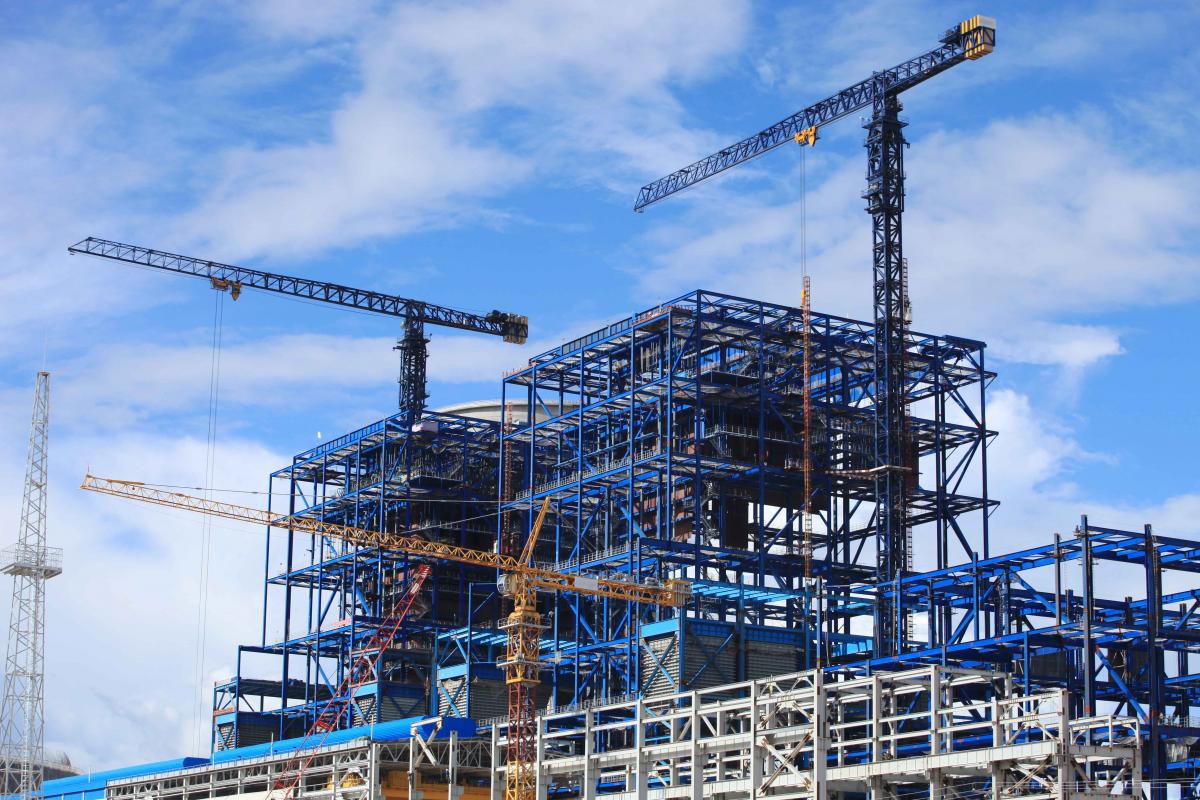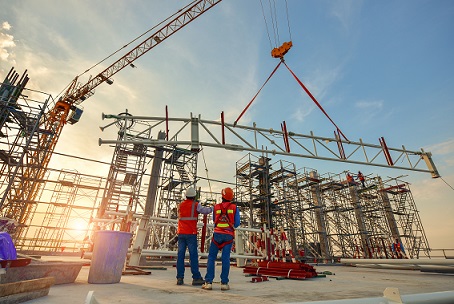The New Jersey construction industry is set to skyrocket, with major investments set to launch it into the stratosphere in the next few years. NJ is preparing for an explosive surge in construction projects ranging from infrastructure upgrades to increased residential developments. While the boom certainly impacts large scale commercial endeavors, it’s also driving tons of growth in the home renovation and remodeling market, so contractors and homeowners alike should capitalize on this huge opportunity.
The Surge in New Jersey’s Construction Industry
A construction forecast held by the NJ Alliance for Action in October 2023 projected the state will invest $54.8 billion in various construction projects over 2024 and 2025. This is a huge leap, over 70% higher than the last 2-year estimate given at the 2022 construction forecast.
Of course, this is a massive amount of growth, and it’s being driven by several sectors. Namely, Amtrak plans to invest $10.9 billion in the state over the next two years alone, while NJ Transit and the New Jersey Economic Development Authority will contribute billions more to infrastructure projects. Some of these projects include transportation, utilities, and healthcare. They’ll bring upgrades to public utilities, roads, bridges, and mass transit systems, which will have a huge impact on local communities.
If you’re involved in real estate, home improvement, and renovation, you should be seeing the opportunities here. These developments are enticing more and more people to move into New Jersey, as well as commercial spaces to expand. As a result, there’s huge demand for home remodeling services NJ that will only continue to grow.
The Impact on Real Estate and Home Remodeling
The construction boom is expanding past public infrastructure projects; it’s pumping up New Jersey’s real estate and home renovation markets as well. Increasing numbers of people are investing in properties, so the demand for home remodeling services NJ continues to rise. A lot of homes in New Jersey are aging, so many NJ homeowners are choosing to undertake remodeling projects that will increase their property’s value.
Additionally, several trends are emerging that align with the state’s focus on sustainability and energy efficiency. Infrastructure upgrades are enticing more people to move to certain neighborhoods, which leads to a growing interest in energy-efficient home remodeling in New Jersey. Tons of NJ homeowners are upgrading their older homes with new technologies that make them eco-friendlier, like energy-efficient windows, smart appliances, and solar energy systems.
Of course, these major infrastructure upgrades are making real estate prices rise, so homeowners are investing in affordable home remodeling services NJ to improve their properties without purchasing a whole new home. They’ll often remodel kitchens, bathrooms, and basements, as well as make structural improvements to up their property value as the state continues to develop.
Home Remodeling and New Jersey’s Economic Growth
New Jersey’s construction boom will likely have long-term positive effects on the state’s economy. When infrastructure improves, property values increase, causing a higher demand for commercial and residential properties. These effects spread to the home renovation market, so demand for affordable home remodeling services NJ, as well as innovation in the home design industry, increases dramatically.
To align with many of these trends, contractors offering home remodeling services NJ tend to provide energy-efficient solutions that use modern, sustainable materials. The best remodeling contractors are on top of these changing trends and are positioning themselves as leaders in green home improvement as a result. They’re realizing that when the offer energy-efficient home remodeling in New Jersey, they help homeowners reduce energy consumption, save money on utility bills, and make their homes more modern.
Opportunities for Contractors and Builders
Both opportunities and challenges for contractors are brought up by this surge in construction projects. Whenever there’s growing demand for remodeling services, the competition for them grows as well.
To differentiate themselves from the competition, the best home remodeling contractors in NJ offer specialized services that meet homeowners’ current demands. For example, they’re retrofitting older homes with green technology or providing high-end luxury renovations.
However, there have also been challenges caused by the huge growth in NJ’s construction market, particularly when it comes to labor. There’s a ton of large-scale infrastructure projects going on, and those require huge workforces. As a result, there’s not many skilled workers left for smaller projects like home remodels. To deal with this setback, contractors are using new technologies like 3D modeling and digital project management tools to make sure they get the job done with reduced manpower.
Homeowners and Property Developers: Seizing the Moment
If you’re a homeowner or property developer, you should really think about investing in some renovations or upgrades. You can leverage home remodeling to increase property value in places where they’re rising across the board.
The most successful property developers are already ahead of the curve, making sure their properties meet the needs and expectations of modern buyers. Of course, they need home remodeling services NJ for this, since they let homeowners adapt their properties to fit the market’s demands.
Leveraging the Boom in NJ Construction
New Jersey’s construction industry is rapidly expanding, with billions of dollars in investment slated for infrastructure projects over the next two years. This will have a huge impact on the real estate and home remodeling sectors, creating numerous opportunities for homeowners, property developers, and contractors alike. By staying on top of home improvement trends NJ 2024 and capitalizing on services like energy-efficient home remodeling in New Jersey, homeowners and contractors alike can leverage this exciting and fast-growing market. As the state continues to develop, those offering and utilizing home remodeling services NJ are sure to play a huge role in New Jersey’s ongoing transformation.




